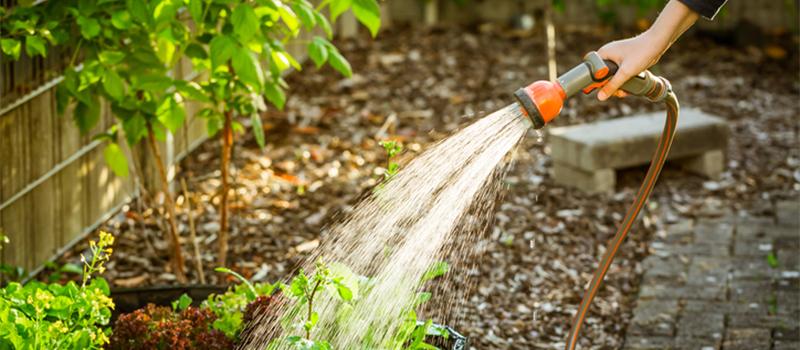Tips To Protect All Your Plants From Summer Heat
Tips To Protect All Your Plants From Summer Heat

Tips To Protect All Your Plants From Summer Heat
Essentially, protecting your indoor and outdoor plants from the summer heat could preserve your health and property. Spending time around plants can help lower your stress levels, boost focus, and support overall wellness. Plants may also enhance your home's appearance, reduce energy usage, and improve air quality. Practice several tips as you enjoy and nurture your greenery.
Go Deep
Direct sunlight and elevated temperatures can quickly dry out the topsoil and plant seeds. Give seeds a fighting chance to germinate, grow and thrive when you place them an inch or two below the surface.
Time Your Planting
Whether you carefully plan purchases for your landscaping or select greenery on impulse, get your plants in the ground as soon as possible. Plants are more likely to wilt and suffer damage if they remain in a hot car or full sun too long. If you need to wait a few days before transferring plants to the ground or containers, store them in the shade and keep them watered.
Carefully Select Plants
Consider your plant hardiness zone and soil type as you select plants. Depending on your location and the drainage conditions, you may want drought-resistant plants that tolerate heat well. Heat-seeking vegetables include sweet potatoes, peppers, cucumbers, tomatoes, beans, and corn. Flowers that thrive in hot conditions include zinnias, lantana, Shasta daisies, and ornamental grasses.
Arrange Mulch Thoughtfully
Mulch can prohibit weeds from competing with your plants for valuable water. And mulch lowers soil temperature, reduces water evaporation, and helps the dirt retain moisture. To support soil health, choose mulch made with organic materials such as leaves, grass clippings, straw, or pine needles. Spread mulch after you water the ground and add more than the traditional three inches to provide extra coverage and plant support.
Water Properly
Summer heat dries out the soil quickly. But overwatering can cause root rot or fungal diseases. That is why it is important to use the proper watering techniques.
For the best results, water the soil in the morning. This strategy gives your plants a chance to soak in the moisture before the heat hits. If you wait until it is hot outside, the water will evaporate and not feed your plants.
Also, soak the ground around your plants a few times a week. Simply wetting the leaves wastes water and could cause leaf scorching. By allowing the moisture to seep into the ground and the root system, you nurture your plants thoroughly.
Check your plants during super-hot days, too. If the soil is dry at finger depth, water the ground.
Provide Shade
Give your plants a reprieve from the sun. During the intense afternoon heat, place a shade sail, canopy, patio or beach umbrella, or bench over your garden plants. Or use a pot wheel dolly to move containers under the deck or indoors. You can also cover an arbor, trellis, or pergola with drought-resistant climbers, such as jasmine, grapevine or green beans. And place taller flowers or shrubs throughout your landscape to shade shorter plants. If you use a greenhouse, cover the windows with blinds or insulated coverings.
Consider Companion Plants
Supplement your garden with companion ground cover plants. For example, low-maintenance phlox, periwinkle and winecup thrive in the sun plus retain moisture, absorb heat, and suppress weeds.
Stay Safe When Gardening
In addition to protecting your plants from heat, protect yourself. Consider working outdoors in the early morning or near dusk when the temperature is lower. Also, stay hydrated and take frequent breaks. Apply sunscreen and wear a hat, too.
